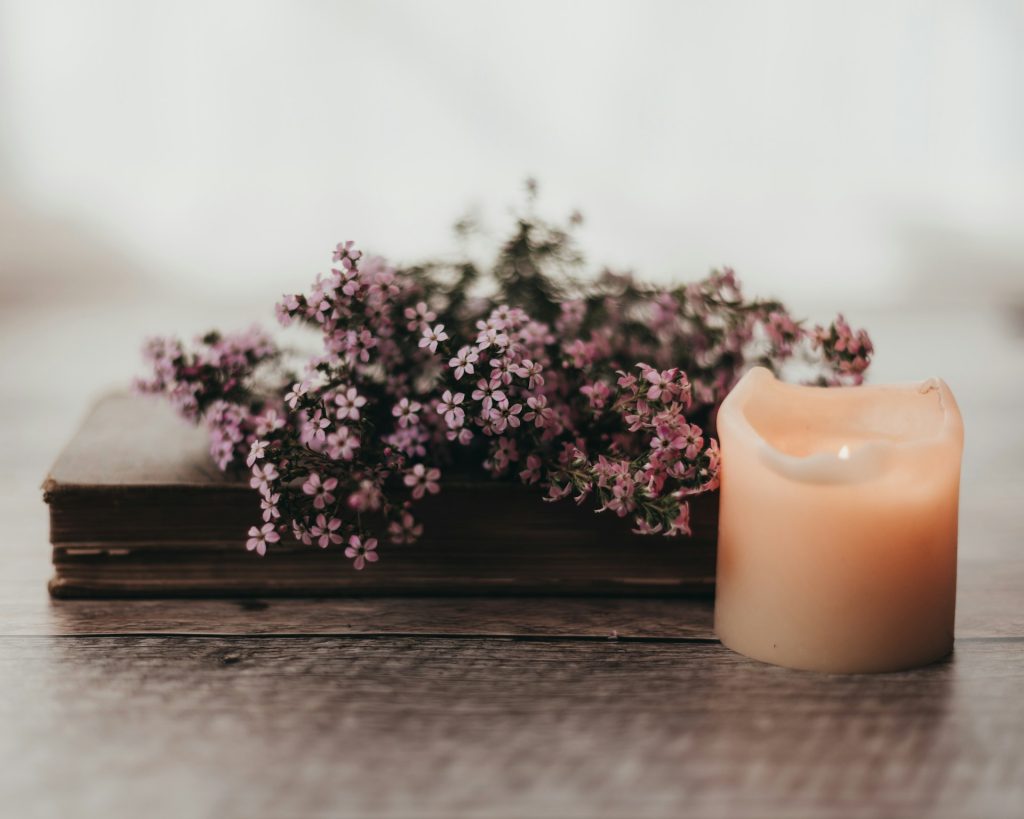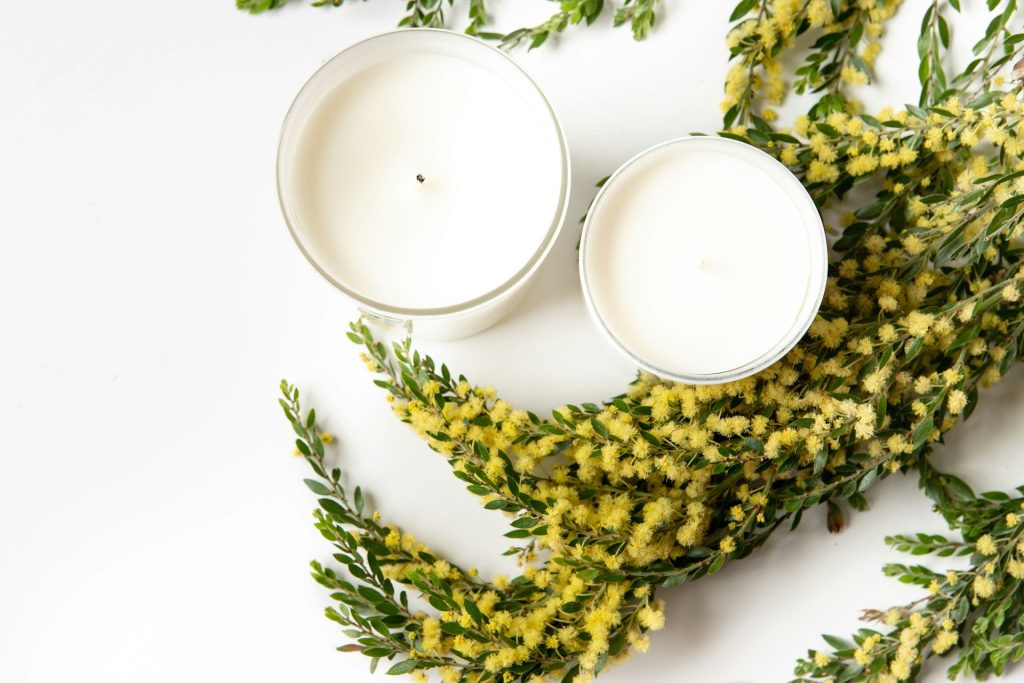The year was 2018. I had just landed in the UK to start my Master’s degree—full of dreams, but also full of emotional baggage.
I had gone through a painful breakup just weeks before the move. My days were filled with lectures, networking events, and the pressure to prove myself in a new country. But my nights? My nights were haunted by anxiety, loneliness, and a racing mind that wouldn’t slow down.
That’s when I turned to something I had always heard about but never committed to: meditation.
At first, I meditated to calm my nerves. To sleep better. To cry without spiraling. But what I discovered over time was this: sitting in silence helped me hear myself again.
And as the weeks went on, my meditation sessions began to evolve into something deeper. I started journaling after each session—writing about what came up, what hurt, what healed, and what I was grateful for.
This daily practice of sitting with myself, then writing to myself, slowly turned into the habit that has now guided me for over 6 years:
My Daily Reflection Routine.
Chapter 1: The Unexpected Birth of a Life-Changing Habit
Most people expect transformation to come from grand events. Mine started in a tiny studio apartment in a rainy British town, with a single candle lit, a warm cup of tea, and a journal in my lap.
Each evening, I would sit for 10 minutes in meditation. Afterward, I opened my journal and let the thoughts pour out:
-
“Why does this hurt so much?”
-
“What am I learning about myself?”
-
“What made me smile today?”
That’s all. Nothing fancy. No structure. Just honesty.
And slowly, my inner chaos began to settle.

Chapter 2: Why Reflection + Meditation Work So Well Together
Meditation is about being. Reflection is about understanding.
When combined, they create a powerful self-awareness loop:
-
Meditation brings up subconscious emotions.
-
Reflection captures them in words and makes sense of them.
Research backs this up. Mindfulness practices (like meditation and journaling) improve mental clarity, reduce stress, and enhance emotional regulation. A Harvard study even showed that people who journaled regularly after work showed 23% better performance than those who didn’t.
For me, this combo became my emotional anchor in a stormy year. It helped me process grief, adapt to a new culture, and build a stronger version of myself from the inside out.
Chapter 3: My Evolved Daily Reflection Routine (Now, Years Later)
Today, my daily reflection routine looks a bit more structured, but it’s still deeply personal and flexible.
Every evening, I go through these three steps:
Step 1: The Emotional Check-In (2–3 minutes)
I ask myself: “How do I feel right now?”
Sometimes it’s calm. Sometimes it’s confused. I write it down without judgment. Just noticing the emotion already brings relief.
Step 2: The Day Review (5–7 minutes)
I answer:
-
What went well today?
-
What challenged me?
-
What did I learn about myself?
I often write in bullet points. No pressure to be eloquent—just truthful.
Step 3: The Forward Look (5 minutes)
Before bed, I look toward tomorrow:
-
What’s my intention?
-
What would make tomorrow feel meaningful?
This helps me sleep with purpose rather than overthinking.
Chapter 4: From a Heartbreak to a Healing Habit
Looking back now, I’m grateful for that heartbreak. It broke me open enough to find something that would hold me together—not just in that moment, but every year since.
Because I’ve kept this habit even as life changed. I finished my degree, built a career, moved countries, started businesses, trained for triathlons, gave TEDx talks. Through all of it, the one consistent thread has been my evening ritual of meditation and reflection.
No matter how chaotic the day gets, I return to that sacred 15-minute space. It keeps me grounded, clear, and connected to who I really am.

